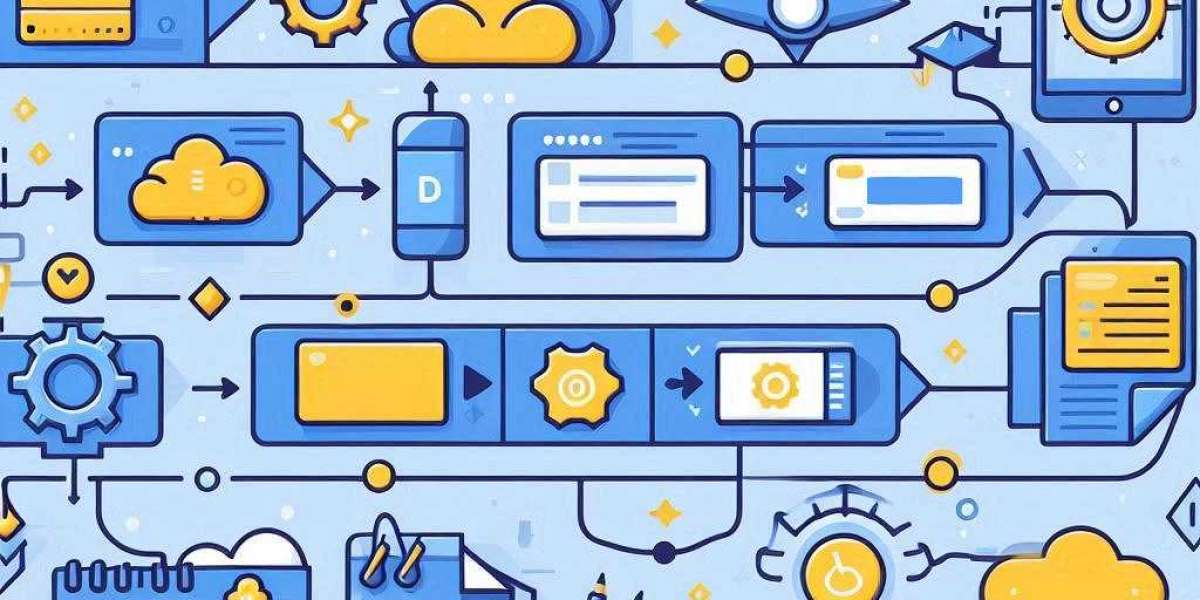Introduction
In DevOps, monitoring and observability are critical components that ensure smooth software delivery, high system performance, and minimal downtime. As businesses shift towards cloud-based and microservices architectures, having a robust monitoring and observability strategy becomes essential to detect issues early, optimize performance, and enhance user experience.
Monitoring vs. Observability
Monitoring involves tracking predefined metrics like CPU usage, memory consumption, and network performance to detect anomalies.
Observability goes beyond monitoring by providing deep insights into system behavior using logs, metrics, and traces.
Why It Matters
With DevOps services, organizations implement real-time monitoring, automated alerts, and AI-driven analytics to proactively resolve issues. Observability tools like Prometheus, Grafana, and Datadog help teams gain visibility, reducing downtime and improving efficiency.
By adopting DevOps managed services, businesses ensure high availability, faster issue resolution, and optimal performance across cloud environments.
Benefits of Monitoring and Observability in DevOps
Proactive Issue Resolution – Detect and resolve problems before they impact users.
Enhanced Performance Optimization – Identify slow services and optimize them for better efficiency.
Improved Incident Response – Reduce downtime with real-time alerts and automated troubleshooting.
Security Compliance – Monitor logs and security events to prevent cyber threats.
Scalability Flexibility – Ensure cloud applications can handle growing user demand without failures.
Conclusion
Implementing DevOps services and solutions with strong monitoring and observability practices helps businesses reduce downtime, improve performance, and enhance system reliability. By leveraging DevOps consulting services, organizations can integrate the right tools and strategies to gain deep insights into their infrastructure, ensuring faster issue resolution and a better user experience.











